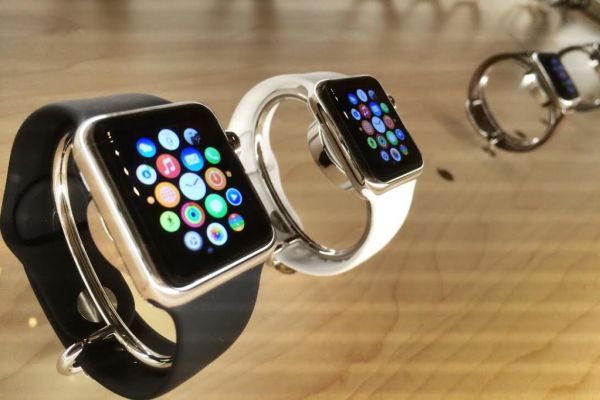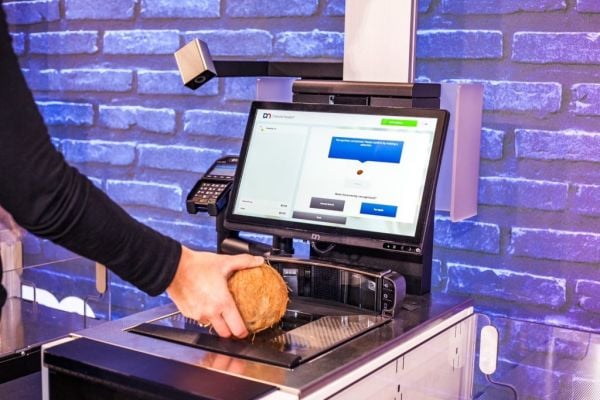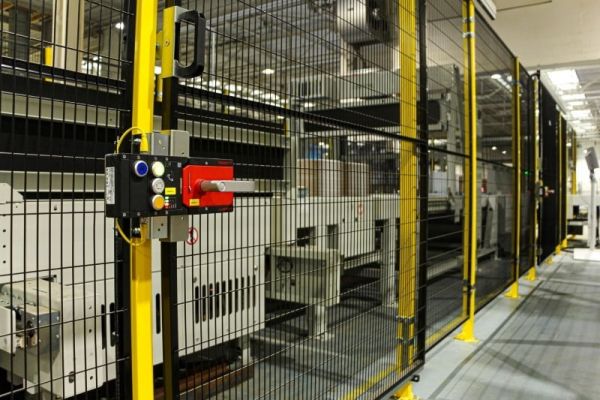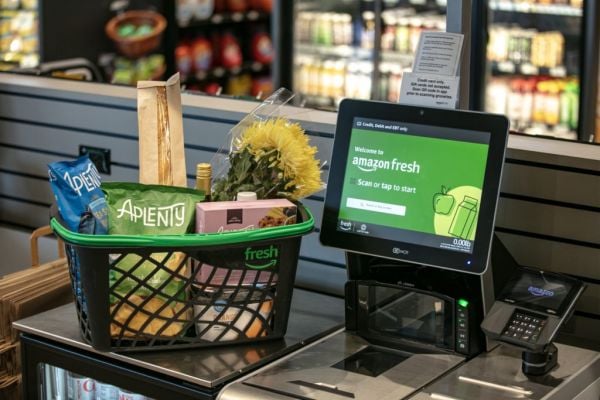The Internet of Things and wearable technologies will continue to dominate in 2016 and it’s likely that robotics and artificial intelligence solutions will go mainstream. These are the key predictions in a new report – ‘What’s Hot In 2016 – Technology Trends’ published by managed service provider Advanced 365 in association with Global Futures and Foresight.
The report, compiled by David Smith of Global Futures and Foresight, highlights 15 technologies, which are most likely to create disruption and opportunities for businesses, whilst including best practice recommendations for a range of industries.
Neil Cross, managing director of Advanced 365, outlines his top six technological developments that organisations should consider in the next 12 months to drive business innovation and growth.
1. A new era of cybercrime – Organisations will increasingly be targeted by independent groups of cyber criminals. As businesses become more connected, influenced by technology platforms such as IoT, hackers will develop specific malware with potentially devastating consequences. To mitigate risk, it is vital to develop relationships with trusted partners who can provide security assessments and additional forms of due diligence to address these IT challenges.
2. The rise and fall of apps – Growth in apps is predicted to peak in the short term before consumers switch to virtual assistants in the cloud by 2020.
3. IoT at the edge – IoT is shifting from a connected device (remote sensors and monitoring) to an intelligent device paradigm (equipment, instruments or machines with computing capabilities). To take advantage, organisations will need to ensure that their IT infrastructures are sufficiently robust to store, process and analyse increased volumes of IoT-related data close to, or ‘at the edge’, of networks.
4. Mobile technologies, including wearables – Consumers and employees are increasingly demanding access to the information they need, when and wherever they need it. The wearable tech market could reach 385 million people worldwide by 2025 which will see it evolve into a viable mass alternative to smartphones. Almost three-quarters (72 per cent) of consumers believe wearables represent the future of in-store shopping and 50 per cent expect this technology to provide full health monitoring from implantable devices. Bio batteries, where wearables harvest kinetic energy from users, could also emerge as early as 2016.
5. Software robotics – Software robotics enable organisations to generate new growth opportunities and enhance existing products and services. Analyst Gartner believes that by 2017, these autonomics-based managed services and cognitive platforms will reduce the cost of IT solutions by 60 per cent through automating processes currently performed by humans. Businesses should evaluate employee skill sets to determine how software robotics can augment creative thinking by freeing them from routine tasks; benefits include reduced costs and better interaction between staff and customers.
6. Virtual reality (VR) – By replacing how we create, share and experience anything, VR technologies will dominate industries that train through simulation. VR and adjacent solutions are anticipated to generate mass consumer revenues from software platforms and delivery services, television and gaming content and hardware and distribution channels. Organisations should consider how their existing training processes could benefit and examine whether customer engagement would be enhanced from a more experiential form of interaction.
“The speed of innovation within business technology is creating much uncertainty, particularly for organisations who are reluctant to abandon old processes and systems. Whilst disruption should not be underestimated, businesses which are bold enough to embrace change stand to be rewarded with significant opportunities and efficiencies," said Cross.
“There remains a real need for businesses to understand how the competitive advantages on which they have based their strategy might erode or be enhanced a decade from now by emerging technologies. Greater collaboration and forming alliances with trusted partners is therefore critical to tackling big issues, such as software robotics and cybercrime.”
© 2015 European Supermarket Magazine – your source for the latest retail news. To subscribe to ESM: The European Supermarket Magazine, click here.














